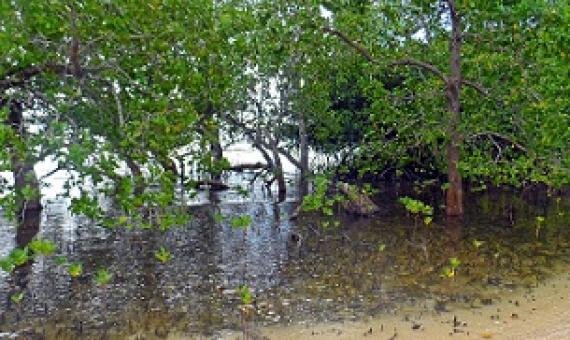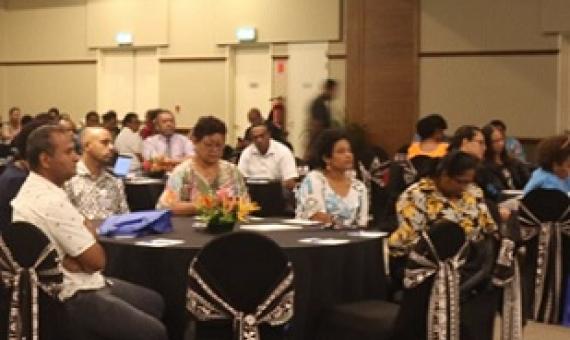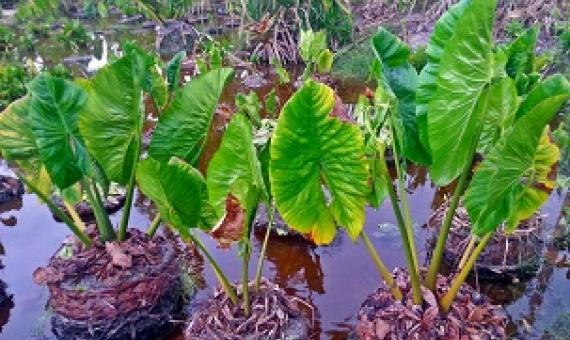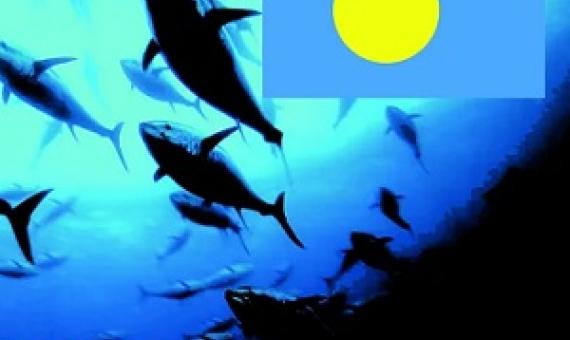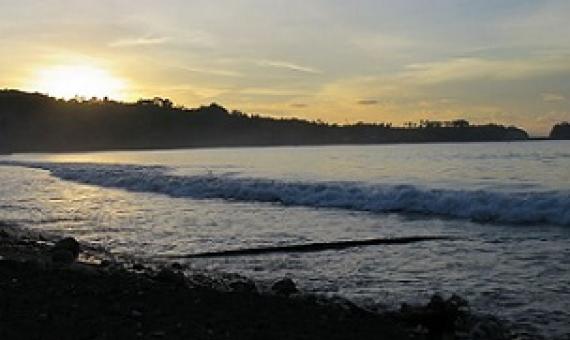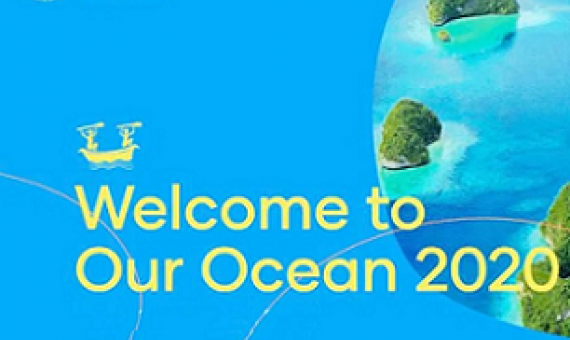Marine Protected and Conserved Areas in the time of COVID
The intersection of potential global targets and commitments for ocean conservation with the COVID-19 pandemic in 2020 has resulted in an opportunity to rethink the future of marine area-based conservation tools, particularly for marine protected and conserved areas (MPCAs). As MPCAs continue to provide essential ecological, social and economic services, current approaches to establishing and managing these areas require an understanding of the factors that drive the pressures they face.

